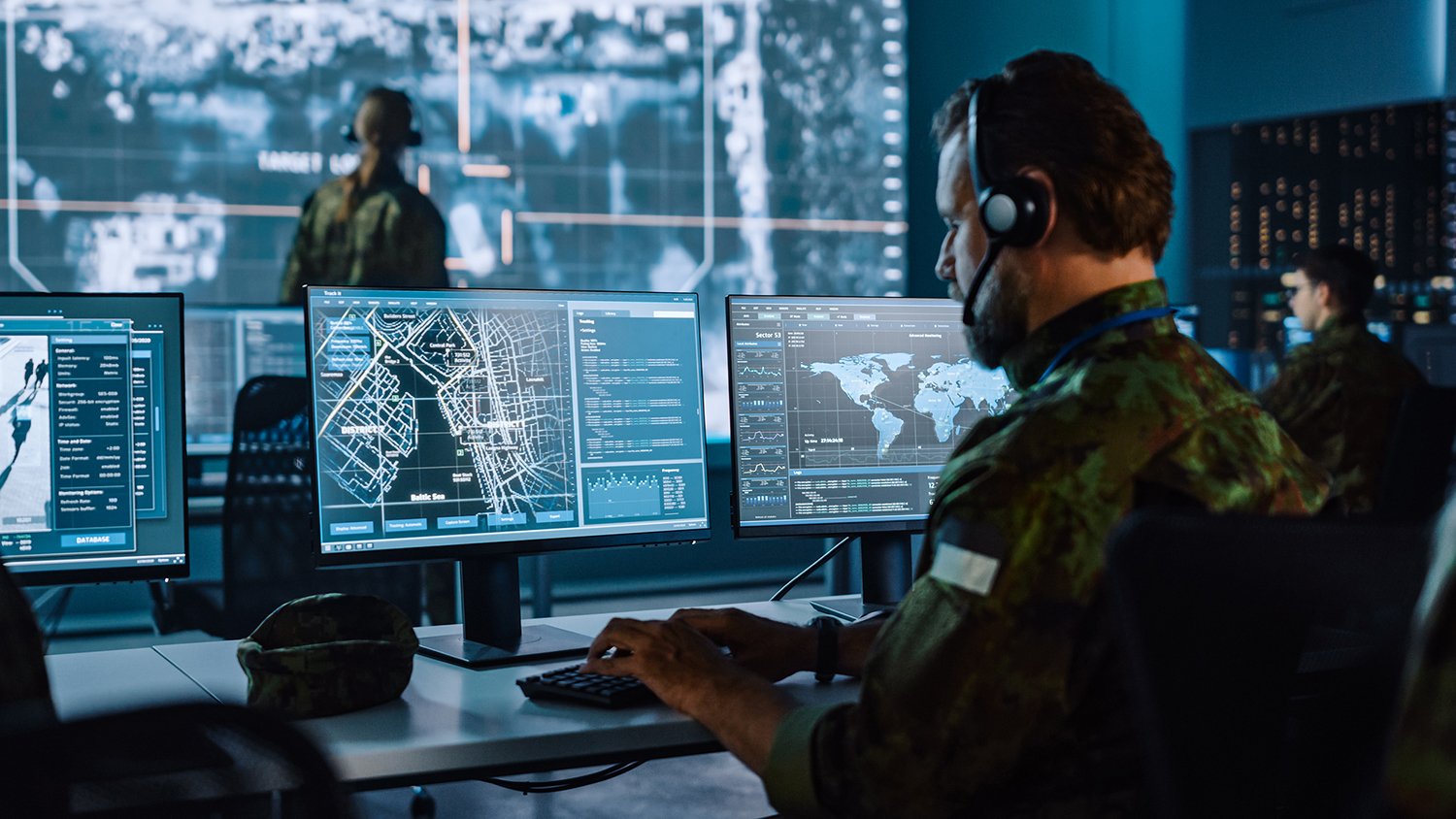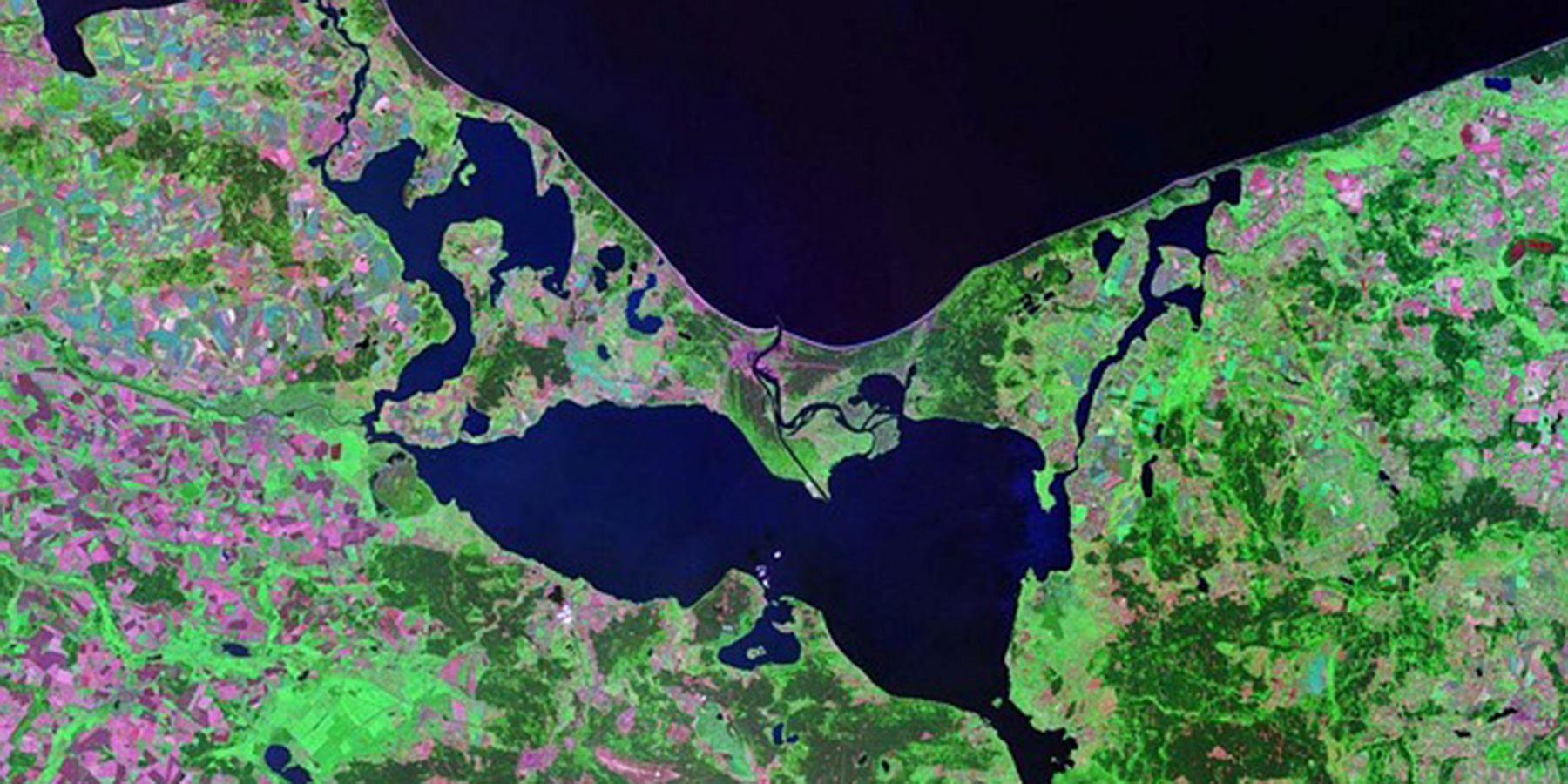2 min read
All About Sit(x)
PAR Government’s products and solutions are meant to keep the warfighter, first responder, and others focused on the mission. For more than 50 years,...
4 min read
![]() Admin
:
Sep 16, 2022 11:00:55 AM
Admin
:
Sep 16, 2022 11:00:55 AM
/iStock-1055162726_cropped_sm.jpg)
In a crisis, every second counts. Even the smallest delay in making a decision or taking action can mean the difference between survival or tragedy.
/iStock-1055162726_cropped_sm.jpg?width=1200&name=iStock-1055162726_cropped_sm.jpg)
Whether they’re first responder EMTs, military personnel in the field, search and rescue teams, or a specialized security force at a large public event, it’s vital that your teams have access to accurate, complete information to achieve mission success. Doing so requires a high level of situational awareness and investment in crisis response software.
Related:
Sit(x) Disaster Response Center keeps you situationally aware for Hurricane Season
Situational Awareness is Critical to Mission Success
Situational awareness is about identifying and understanding what’s happening around you in any environment and realizing immediate and longer-term implications. It requires information from as many relevant sources as possible and the ability to use data to make informed decisions and take appropriate action.
Staying aware of the situation can be a real challenge during a chaotic, fast-paced, or complex incident. Responders need to proactively stay ahead of the situation and take quick action to prevent further complications.
Awareness is more than simply seeing what is around you. You should take into account what every other team member is doing, where they are, what they can see, and what they know.
This takes serious, high-level, real-time communication. Today’s first responders, security teams, and military personnel typically use situational awareness solutions based on TAK, or Team Awareness Kits, developed by the Air Force Research Laboratory as a way to enhance communication and situational awareness between government, military, or public safety field ops and command centers. TAK software is available for Windows, Android, and Apple devices, such as smartphones and iPads, and also as a web-based application.
While TAK solutions have been largely successful in improving situational awareness, the technology isn’t without its challenges.
Some Solutions Create Roadblocks to Staying Aware
It might seem ironic that the original technology developed to enhance situational awareness can actually limit it—but that can sometimes be the case.
Because it’s software, a TAK solution requires hardware such as a server and mobile devices. While the government offers an on-premises server setup to run the system, that requires physical server space and people with the training and dedicated time to install, maintain, and manage the system.
For most public safety agencies, military forces, and event security teams, it’s rare to have that level of IT support in-house. These organizations often end up sending designated employees (who usually don’t have IT backgrounds) to specialized training, hiring an ex-military or ex-first responder specialist who can operate the technology, or hiring a pricy contractor to build and customize the system from scratch, based on an open-source version of the software.
Without a reliable, knowledgeable administrator to oversee and manage their TAK system, incident response teams—and their awareness in a sudden volatile situation—could be at risk. Some of the most serious roadblocks to mission success for these teams are having to manage IT and technology failures, breaks in communication, and lack of intel.
Having technology-based tools aren’t helpful if they work against you in the moments they’re most needed.
Crisis Response Software Can Help
For most military commanders, first responder captains, and security directors, their priorities are successfully completing a mission and bringing their teams home safely at the end of the day. They understand the need for technology-based solutions to keep people in touch and in the know throughout the entire mission—but they want those solutions to work like they should without excess effort or unnecessary hassle.
Crisis response software can be the answer. This is software or applications that go beyond standard TAK capabilities and further enhance a team’s situational awareness by delivering more information and data in real time.
With the right crisis response software, incident response teams can master the three stages of situational awareness, as developed by researcher Mica Endsley in 1995:
When it comes to crisis response software solutions, you have a wealth of options. Some common characteristics to look for, however, include ease of use and integration with existing IT infrastructure and systems. The solution should be intuitive and simple to operate and manage. Easy access is also a plus. Whether it’s a single pane of glass or a web-based application accessible on any device, your crisis response software should be quickly and easily accessible to those who need it.
The most effective crisis response software solutions often include cloud-native capabilities and advanced technologies such as software-defined radio (SDR), augmented reality, the Internet of Things (IoT), edge computing, AI and machine learning algorithms, and advanced navigation paradigms.
Choosing an effective solution for crisis response can give your teams peace of mind in moments of extreme chaos because they’ll know they’re getting all of the most accurate and relevant information necessary to do their jobs with confidence. They can rely on the quality of their situational awareness at every point in the crisis, which allows them to make the best decisions on the fly, keep themselves safe, and keep incidents from escalating.
Benefits of Improving Situational Awareness
The right crisis response software will significantly enhance situational awareness. And improving situational awareness can lead to improved outcomes for all individuals involved in a crisis situation. With the best situational awareness, teams can:
As one of the original and primary developers of the U.S. Government’s TAK solutions, PAR Government has the longtime expertise and innovation to provide state-of-the-art crisis response software solutions that help increase situational awareness. Our Sit(x) solution saves time, effort, and resources by operating the TAK server in the cloud. From pre-mission planning to post-mission playback and everything in between, Sit(x) is the seamless solution for best-in-class situational awareness technology.
For more information on how we can help your team, contact us.
2 min read
PAR Government’s products and solutions are meant to keep the warfighter, first responder, and others focused on the mission. For more than 50 years,...

As the technology capabilities available to first responders improve and expand, mobile device and app usage for geospatial awareness is increasing...

PAR Government’s products and solutions are meant to keep the warfighter, first responder, and others focused on the mission. For more than 50 years,...